1. What is Account Abstraction?
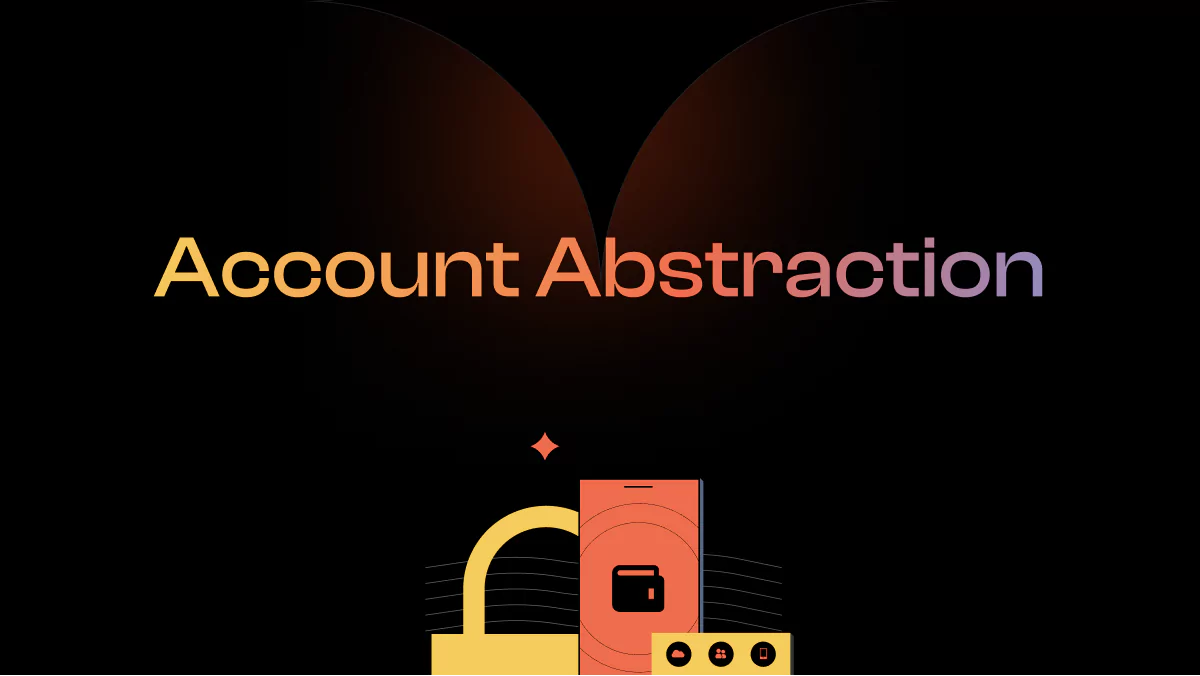
Account abstraction refers to the process of decoupling the core functionality of a blockchain account (i.e., signing transactions, paying gas fees, etc.) from the traditional model of accounts in blockchain systems. In Ethereum, for instance, there are two types of accounts: Externally Owned Accounts (EOAs) and Contract Accounts.
-
Externally Owned Accounts (EOAs) are the traditional user wallets that are controlled by private keys. These are simple accounts where a user can hold and transfer tokens and interact with smart contracts.
-
Contract Accounts, on the other hand, are controlled by code and are used to implement decentralized applications (dApps), smart contracts and more.
Account abstraction aims to blend these two types of accounts into one unified model, enabling greater flexibility and user control. By allowing smart contract-based accounts to handle tasks that were previously limited to EOAs, account abstraction can offer improved security, more efficient transaction processing, and enhanced user experience.
2. How does Account Abstraction work?
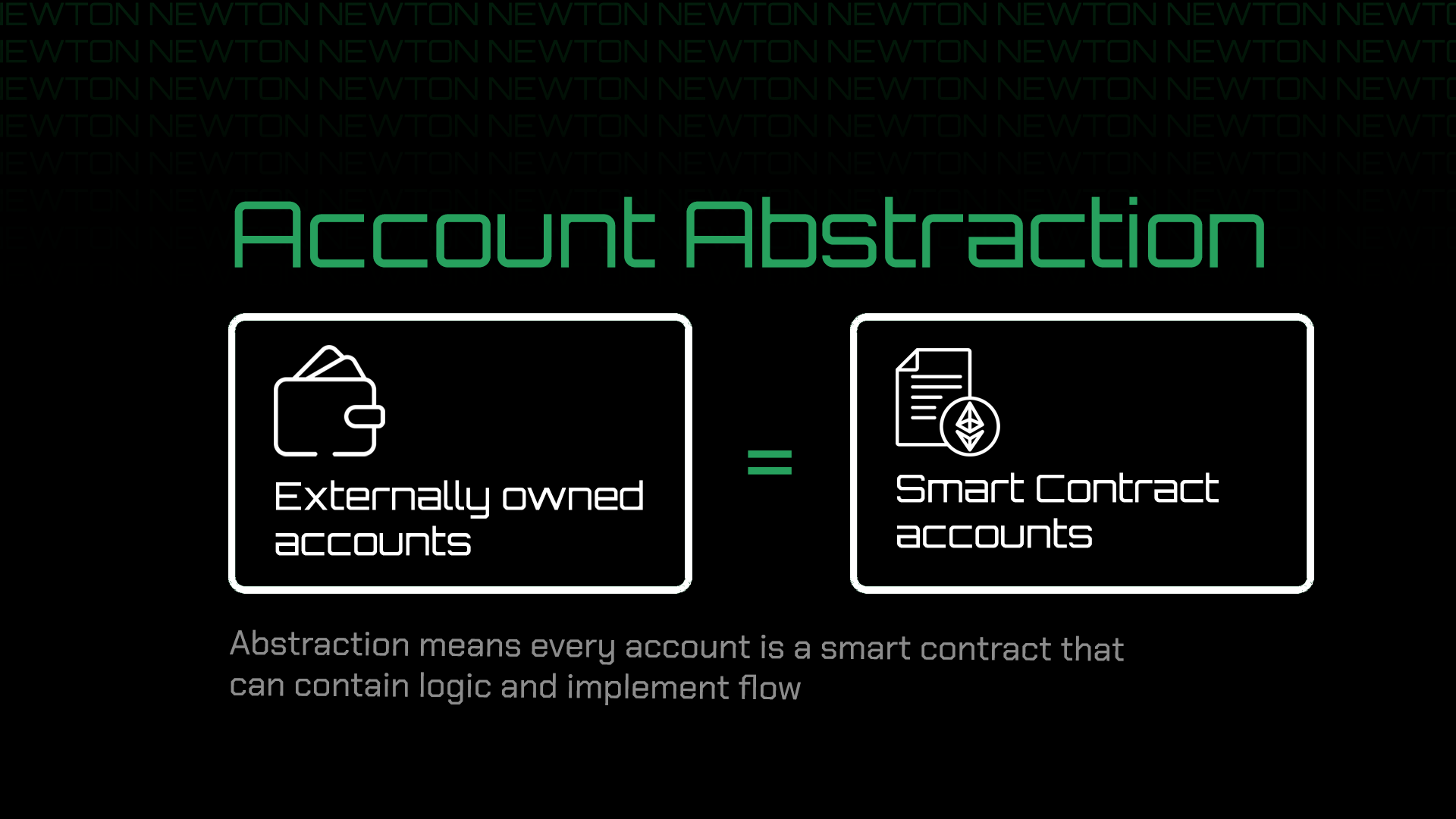
At its core, account abstraction shifts the responsibility for account management and transaction validation from the blockchain's protocol layer to the account itself, which can be managed by custom logic defined in a smart contract.
For example, traditional EOAs on Ethereum rely on the signing of transactions with a private key. This can be cumbersome and requires users to manage their private keys safely. In the account abstraction model, users can create custom rules and logic for their accounts via smart contracts. These smart contracts can define:
-
Custom signature schemes: Instead of using traditional cryptography methods (like ECDSA or EdDSA) to sign transactions, users can create their own signature algorithms or authentication processes.
-
Multi-signature functionality: Users can require multiple parties to sign off on a transaction, improving security and mitigating risks of private key theft.
-
Gas payment flexibility: Users can choose to pay for transaction fees in different tokens, not just the native blockchain currency (e.g., Ethereum gas can be paid in stablecoins or even tokens of dApps they use regularly).
-
Meta-transactions: This feature allows third parties (e.g., dApp developers or relayers) to pay for users' gas fees, further simplifying the user experience, especially for newcomers to crypto.
3. Why is Account Abstraction Important for Web3?
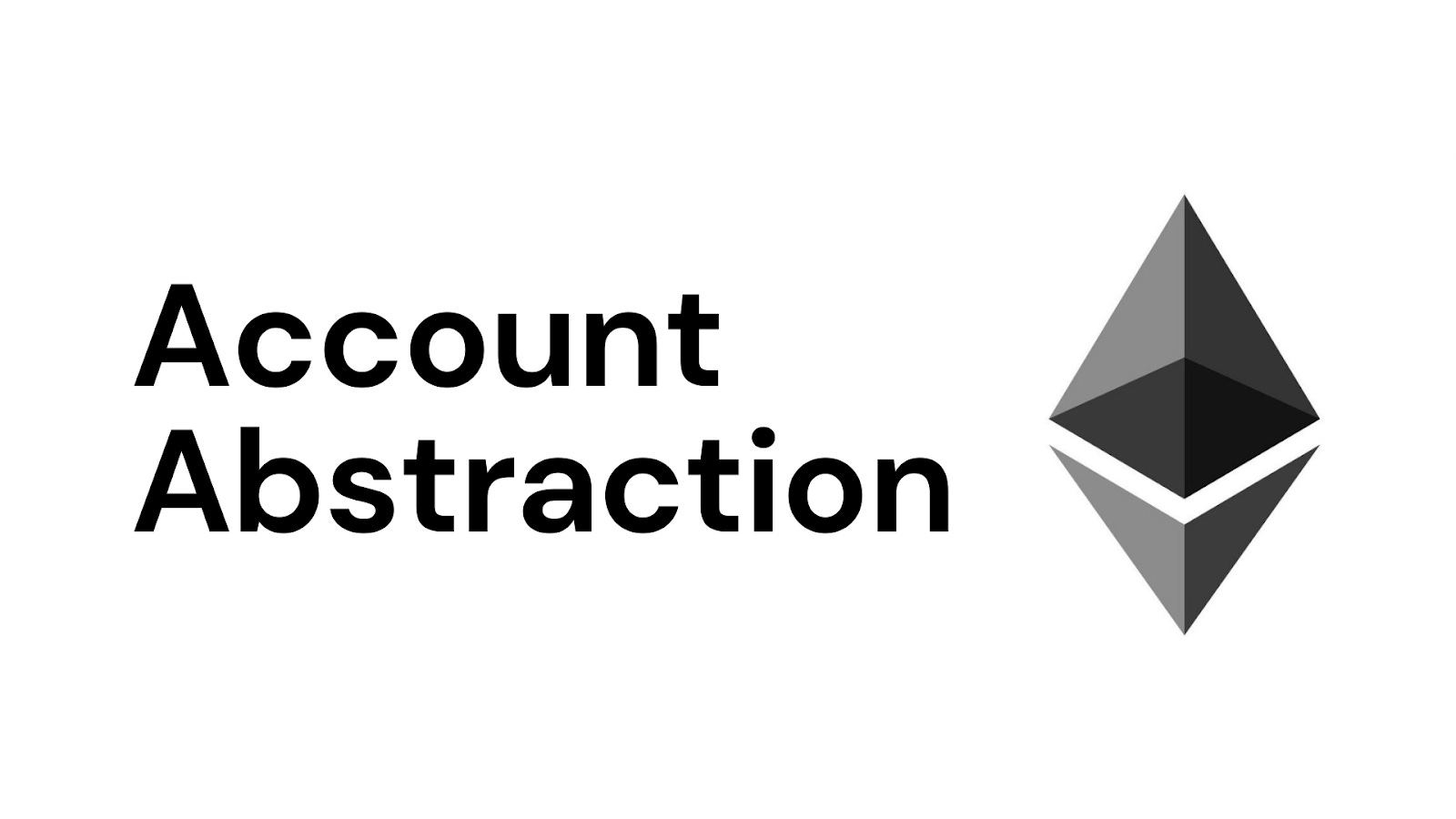
Account abstraction offers several key benefits that are essential for the continued growth of Web3 applications:
3.1 Enhanced User Experience
Currently, Web3 applications often require users to manage complex private keys and gas fees, which can be a major barrier to entry. With account abstraction, developers can design more intuitive and seamless onboarding experiences, reducing friction for new users. For example:
-
Social logins: Users can authenticate using social media accounts or email instead of managing private keys. This simplifies the process for non-crypto native users.
-
Gasless transactions: Users can make transactions without worrying about gas fees, as a third party (like a dApp developer) can cover these costs.3.2 Improved Security
Account abstraction opens up new avenues for enhancing the security of blockchain accounts. Since the logic of account management is defined by smart contracts, users can implement advanced security mechanisms, such as:
-
Multi-sig authentication: Requiring multiple signatures for critical actions like transferring funds or interacting with smart contracts.
-
Smart recovery mechanisms: In case a user loses access to their private key, they can set up recovery options via their smart contract account (e.g., allowing a trusted party to help them regain access).
3.3 Flexibility in Transaction Management
With account abstraction, users can choose how they want to manage and interact with their blockchain assets. For instance, instead of being forced to use the native cryptocurrency for gas fees, users could use stablecoins or tokens from their favorite dApps. This makes interacting with the blockchain more flexible and customizable.
3.4 Better Integration with DeFi and dApps
Account abstraction enables deeper integration between Web3 and decentralized finance (DeFi) platforms. For example, a user could automatically interact with DeFi protocols without needing to manually approve transactions each time. Smart contract wallets could act as an intermediary that automatically handles the process, optimizing for user convenience.
Moreover, developers can create custom logic for each interaction. This reduces the need for users to understand complex contract interactions and allows developers to abstract much of the complexity.
4. Real-World examples of Account Abstraction
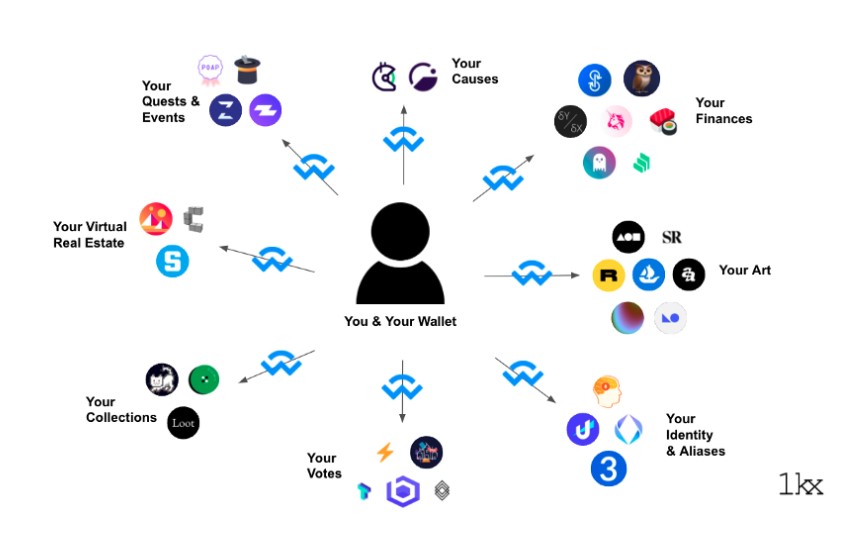
Several projects in the Web3 ecosystem are already working on implementing account abstraction to improve the user experience:
4.1 Ethereum’s EIP-4337
Ethereum is one of the leading blockchains embracing account abstraction, with EIP-4337 (Ethereum Improvement Proposal 4337) being a major milestone. This proposal introduces a "smart contract wallet" that can handle transactions with customizable logic, eliminating the reliance on EOAs and making the process of signing and sending transactions much more flexible.
EIP-4337 proposes a "User Operation" system that allows users to send transactions with a new signature scheme, gas payment options, and account recovery mechanisms, among other features. It is expected to significantly improve Ethereum's scalability, security, and user experience.
4.2 Argent Wallet
Argent is a popular Ethereum wallet that has already implemented aspects of account abstraction. It allows users to:
-
Use multi-sig as a default for wallet security.
-
Set up smart recovery options in case of lost keys.
-
Pay gas fees with tokens instead of ETH, making it more convenient for users.
By using account abstraction principles, Argent has simplified many of the complicated aspects of managing an Ethereum wallet and made it more user-friendly.
4.3 Safe (formerly Gnosis Safe)
Safe, a multi-signature wallet platform, leverages account abstraction for enhanced user control. It allows teams and individuals to manage assets securely with multi-sig setups and smart contract-based functionalities. With account abstraction, Safe’s users can customize their security settings, automate transactions, and optimize the way they interact with blockchain networks.
5. Challenges and Considerations

While account abstraction brings many advantages, it is not without its challenges. Some of the primary concerns include:
-
Complexity for developers: Building and maintaining smart contract wallets that support account abstraction requires a solid understanding of Ethereum smart contracts and could increase development complexity.
-
User education: While account abstraction promises a better user experience, there is still a need for educating users about the new features and functionalities that come with it. Simplifying this experience without sacrificing security is a fine balance.
-
Security risks: Introducing new functionalities, such as custom signing methods and third-party gas payment systems, could introduce new vectors for attacks if not properly implemented.
6. Conclusion
Account abstraction is a crucial innovation for Web3, designed to tackle many of the pain points that have limited blockchain adoption so far. By decoupling account management from the underlying blockchain protocol, it offers enhanced user control, flexibility, and security. As more projects integrate account abstraction into their systems, users will be able to enjoy a smoother, more intuitive experience, and blockchain applications will become far more accessible to mainstream audiences.
Read more:

 English
English Tiếng Việt
Tiếng Việt.png)
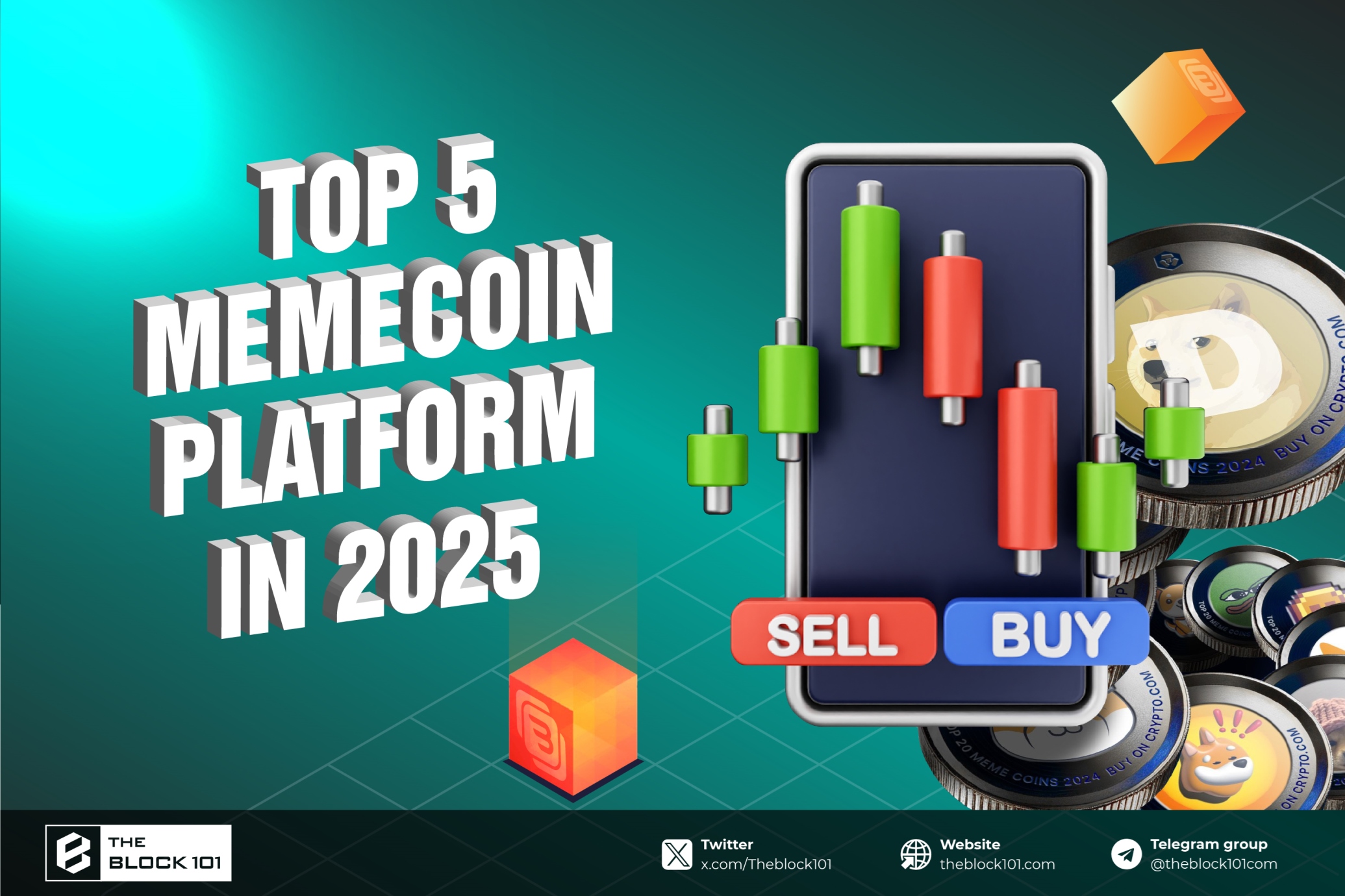
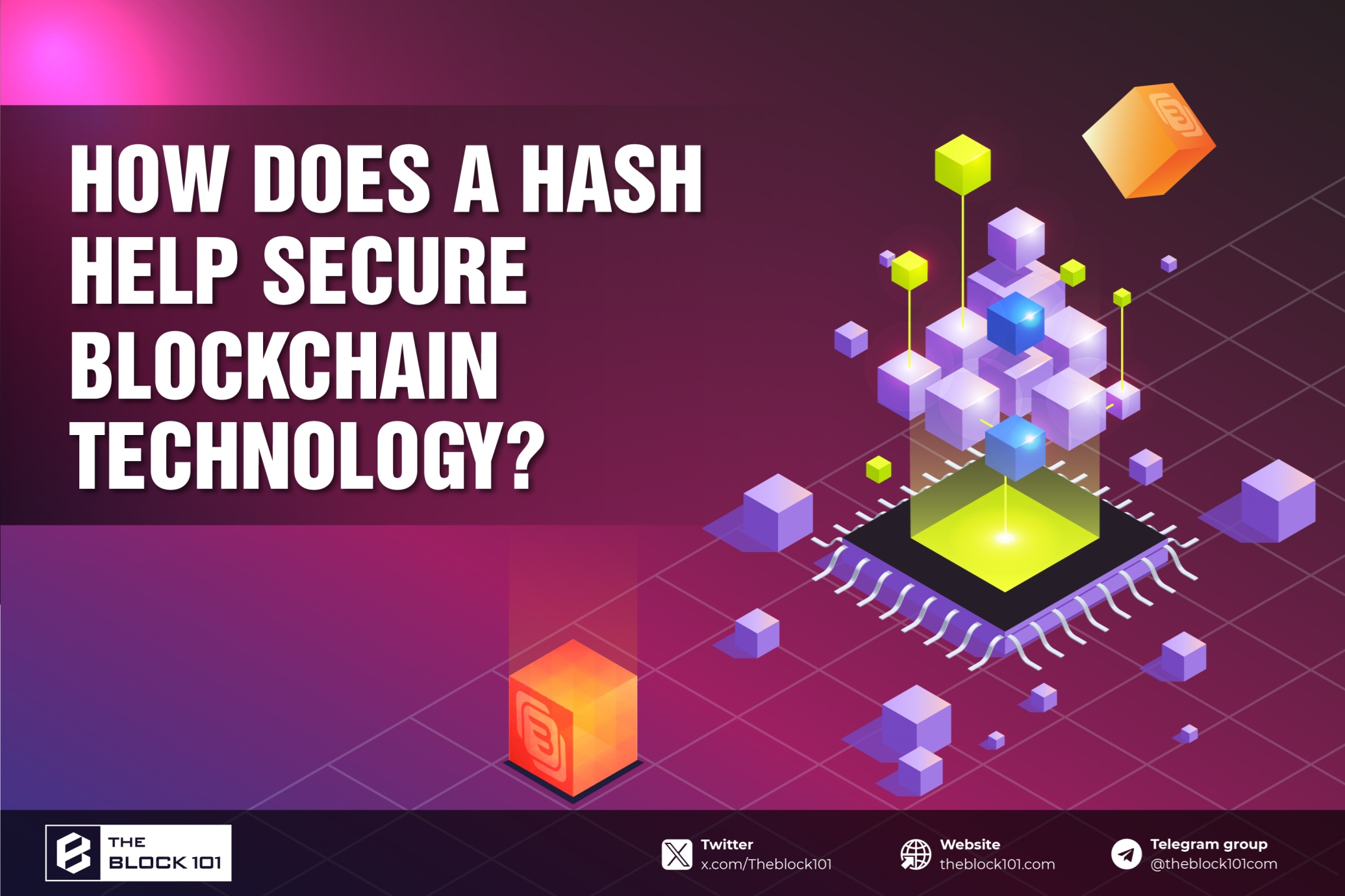


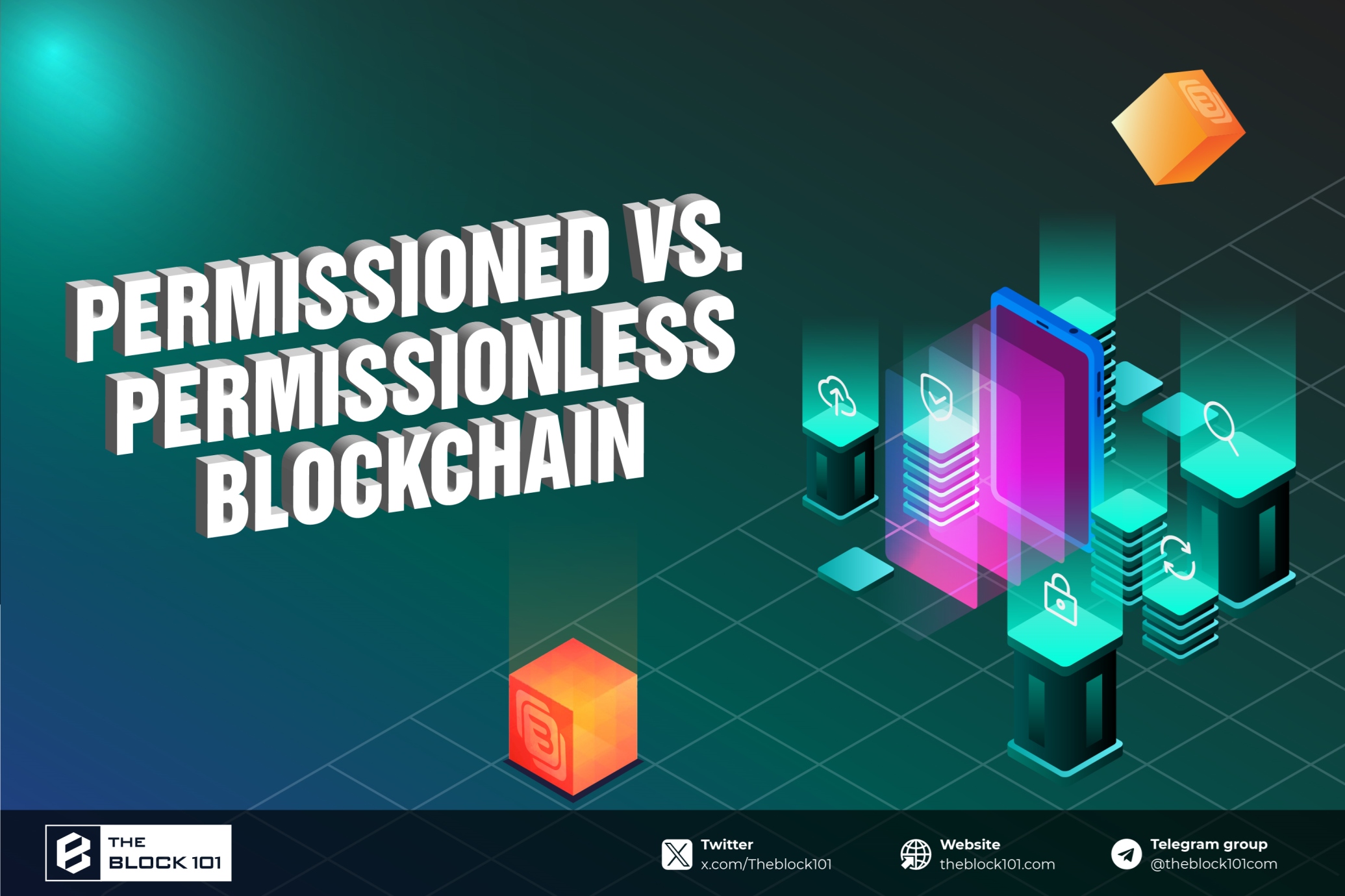
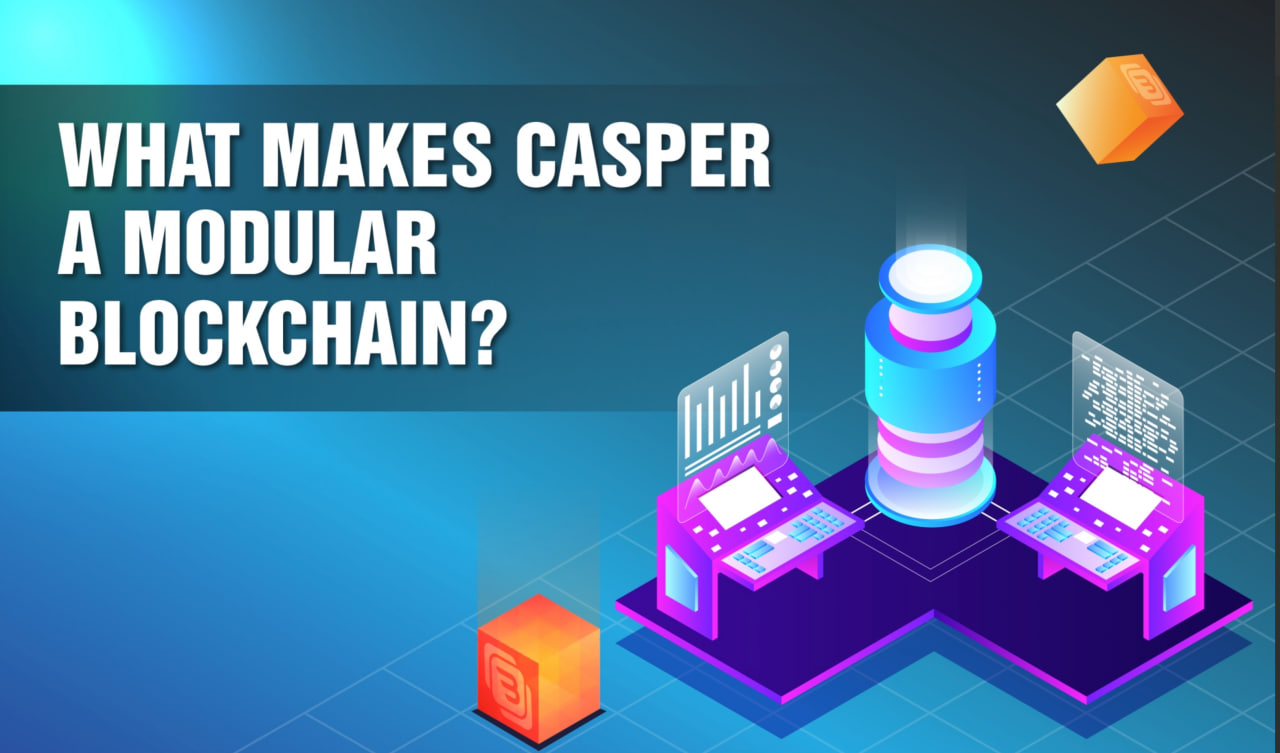





.jpg)




